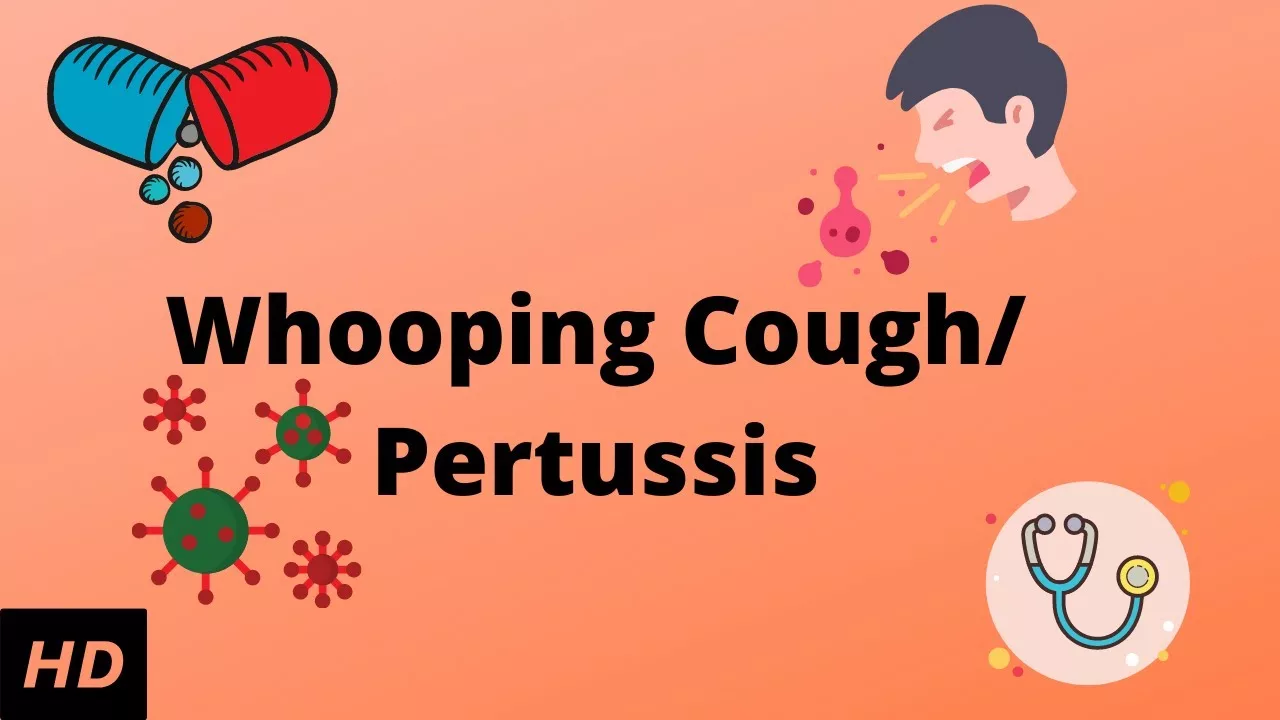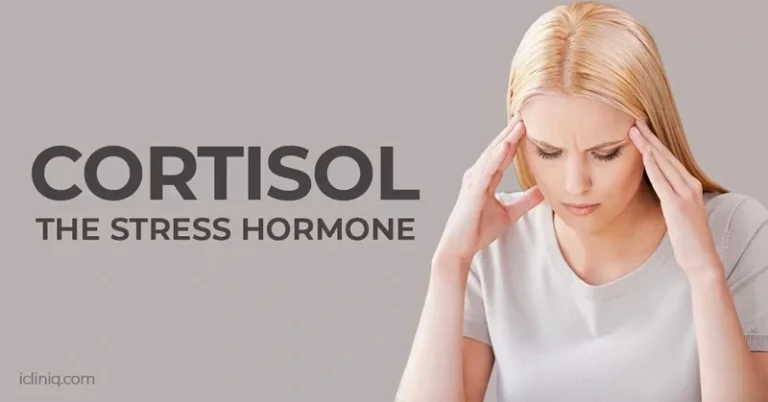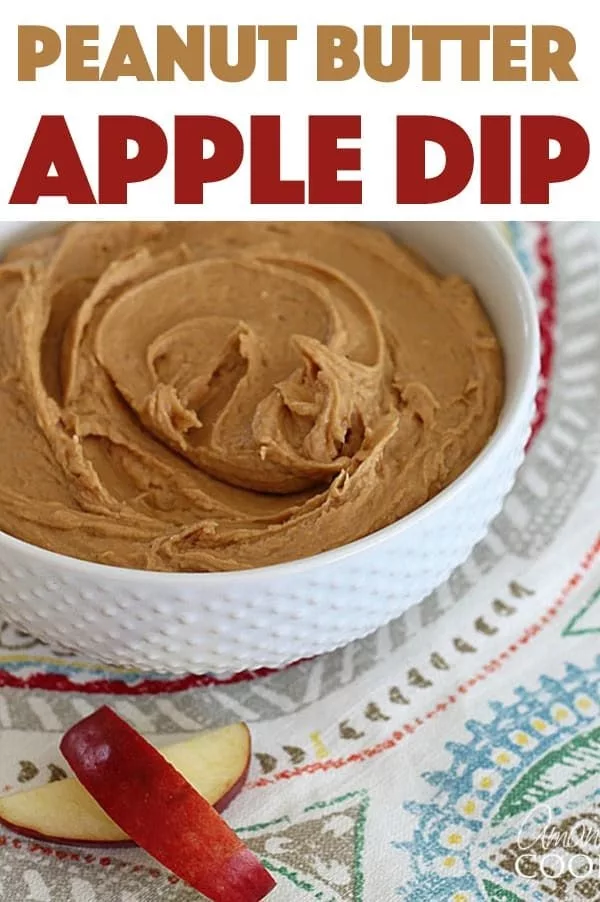Global Spread of Whooping Cough: Causes and Prevention Methods
The number of questions about whooping cough is continuously increasing worldwide. Let’s explore the causes and learn about effective prevention methods to keep ourselves healthy. It’s always a pleasure to learn together!
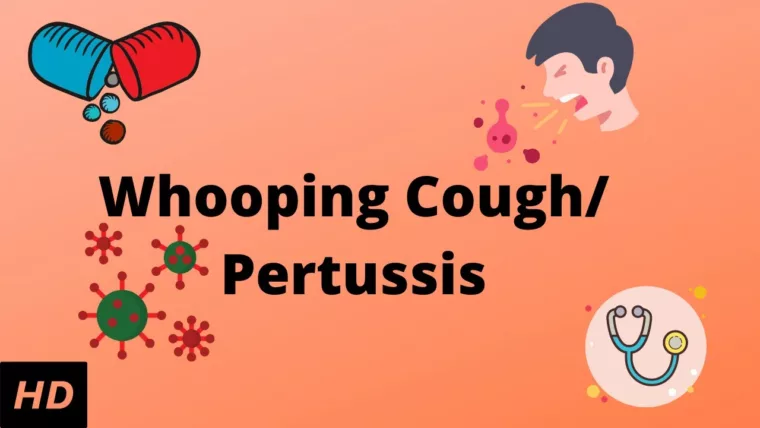
What is Whooping Cough?
Whooping cough, also known as pertussis, is a highly contagious respiratory infection that primarily affects children. The main cause is the parainfluenza virus, and it typically peaks in the spring and fall seasons. This illness primarily impacts infants and young children, presenting symptoms similar to the common cold but with distinctive features such as a characteristic rash.
Key Symptoms of Whooping Cough
Whooping cough exhibits the following main symptoms:
- Cough: The most characteristic symptom of pertussis, which starts out similar to a common cold cough but gradually becomes more severe, with a distinctive “whooping” sound during the cough.
- Difficulty breathing: The coughing fits can make it difficult to breathe, and cyanosis (bluish discoloration of the skin) may occur.
- Vomiting: Vomiting often accompanies the intense coughing fits.
- Fever: Fever above 37.8°C (100°F) is typically present.
- Fatigue: The coughing can rapidly deplete energy levels, leading to severe fatigue.
- Chest pain: The coughing can cause chest muscle soreness and pain.
Infants are especially vulnerable to serious complications, so caution is advised. If symptoms are suspected, prompt medical evaluation is recommended.
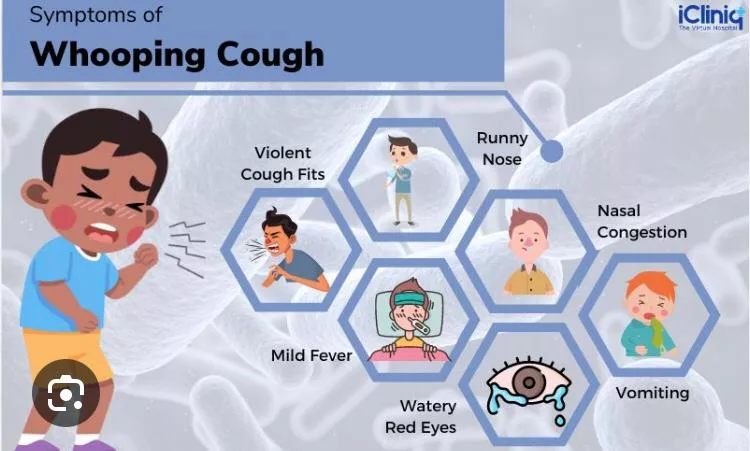
Transmission and Global Spread of Whooping Cough
- The pertussis virus is transmitted through the air by coughing and sneezing. When an infected person coughs or sneezes, small droplets containing the virus are dispersed into the air.
- The virus can also be transmitted through direct contact. Coming into contact with the respiratory droplets from an infected person’s cough or sneeze, or directly touching the bodily secretions of an infected person, can lead to infection.
- The virus can also be transmitted indirectly through contaminated objects. Touching objects (such as cups or towels) used by an infected person can expose one to the virus.
Infants and young children are especially vulnerable, as their immune systems are weaker, putting them at higher risk of infection and complications. Therefore, to prevent pertussis, vaccination as well as practicing good cough etiquette and hand hygiene are important.
Risk Factors and High-Risk Groups
Certain factors can increase the risk of whooping cough:
- Age: Infants and young children have weaker immunity, making them more vulnerable.
- Compromised Immunity: People with chronic illnesses or weakened immune systems are at higher risk of severe symptoms.
- Exposure to the Virus: Close contact with infected individuals increases the chances of contracting the disease.
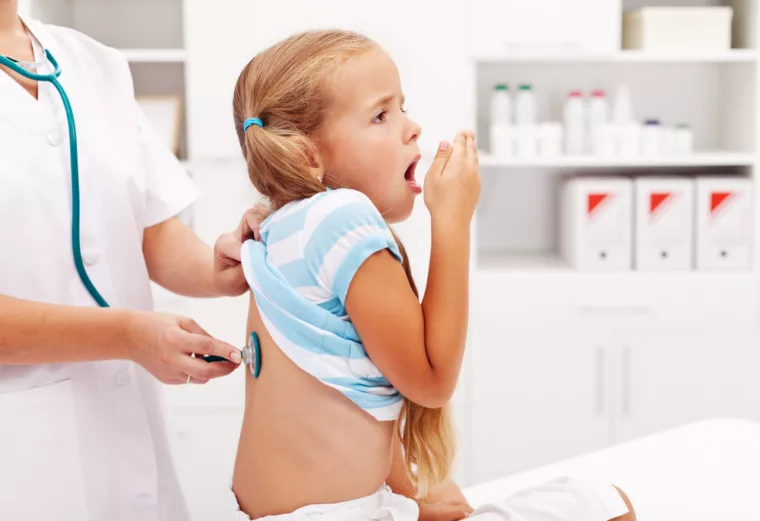
Importance of Whooping Cough Vaccination
Vaccination is the best preventive measure against whooping cough. Vaccines strengthen children’s immunity and provide protection against the disease. Adhering to the recommended vaccination schedule is crucial.
Prevention Methods in Daily Life
- Handwashing: Regularly wash hands thoroughly with soap and water.
- Droplet Precautions: Cover the mouth and nose when coughing or sneezing.
- Personal Hygiene: Maintain good personal hygiene, such as regular bathing and avoiding sharing personal items.
- Vaccination: Follow the vaccination schedule and get the whooping cough vaccine.
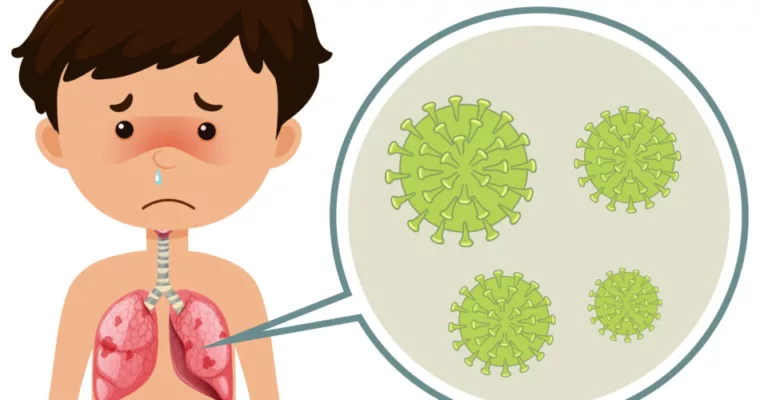
Frequently Asked Questions about Whooping Cough
- How should a child with whooping cough be treated?
- Whooping cough usually resolves on its own, so specific treatment may not be necessary. However, if symptoms are severe or complications arise, consulting a healthcare professional is advisable.
- When should whooping cough vaccination start?
- Whooping cough vaccination typically begins around 2 months of age and requires multiple doses. Follow the child’s health status and the doctor’s recommendations.
- What should be done if exposed to the whooping cough virus?
- When exposed to the whooping cough virus, precautions should be taken, such as handwashing, wearing masks, and avoiding close contact.
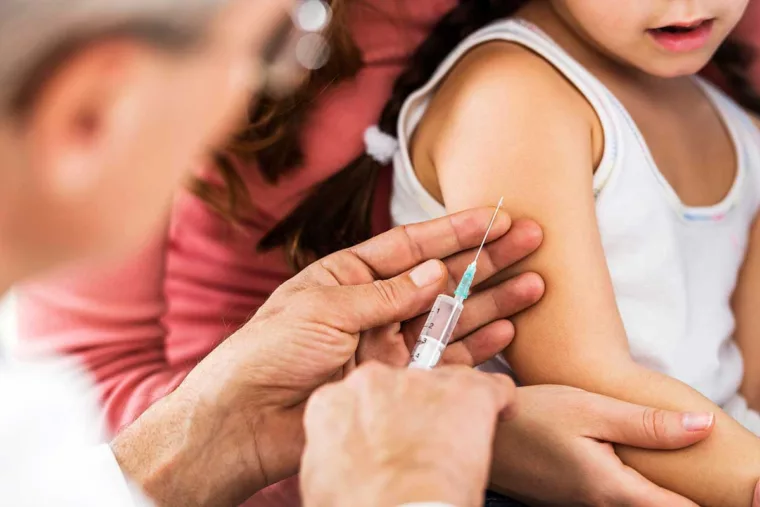
In conclusion, we have explored the details of whooping cough, including its causes, symptoms, transmission, and global spread. Protecting children’s health is crucial, and following preventive measures, such as vaccination and proper hygiene, is essential. Let’s work together to keep our children healthy and safe!
